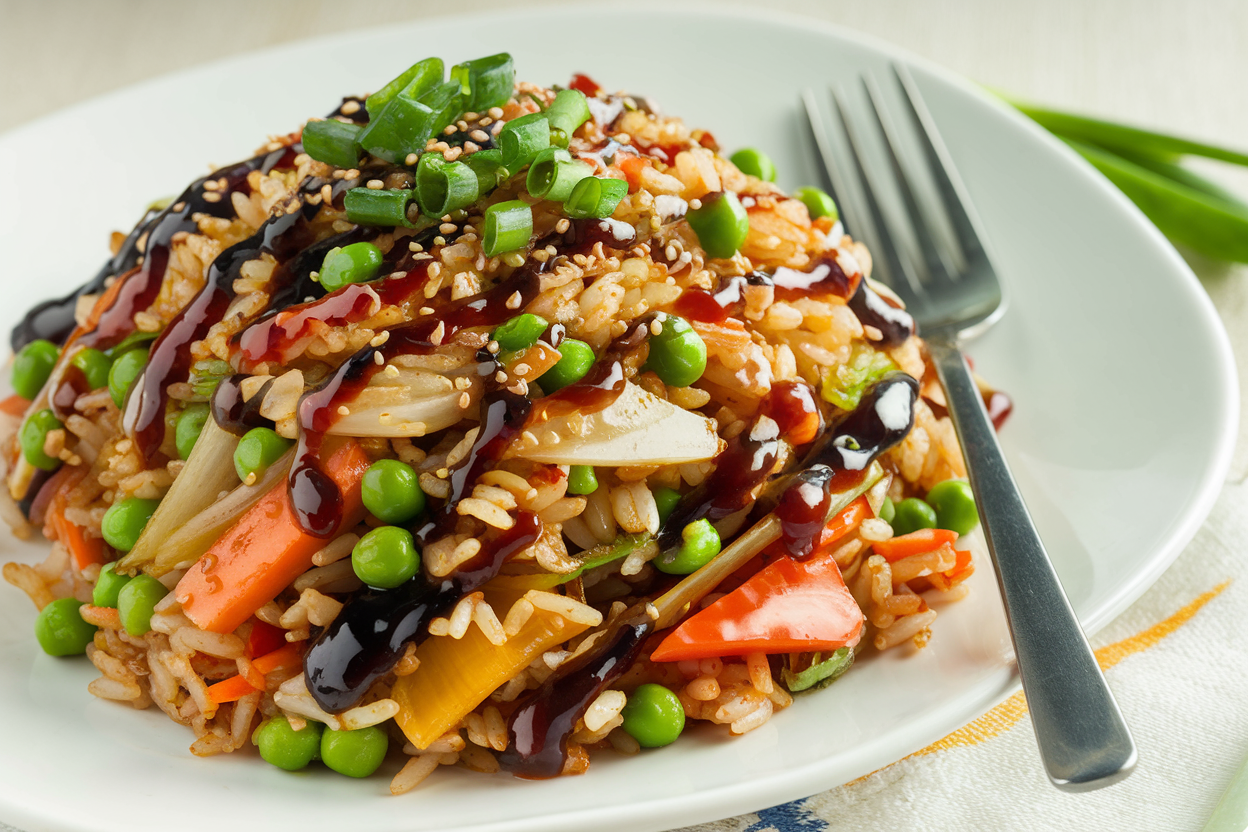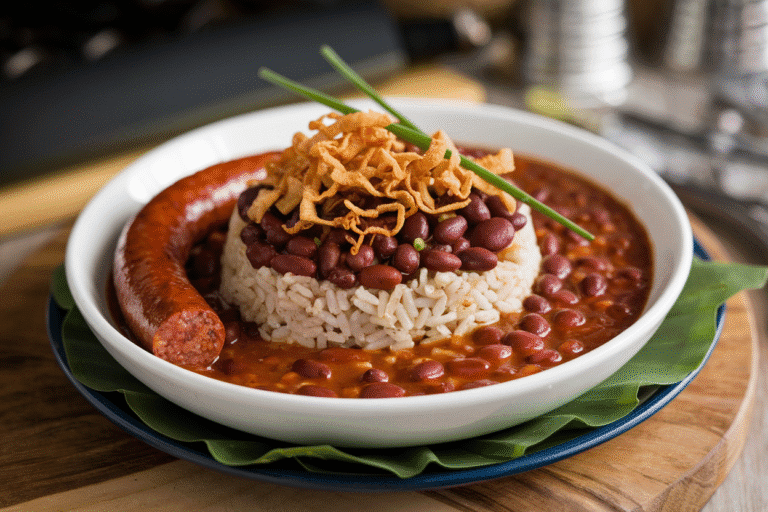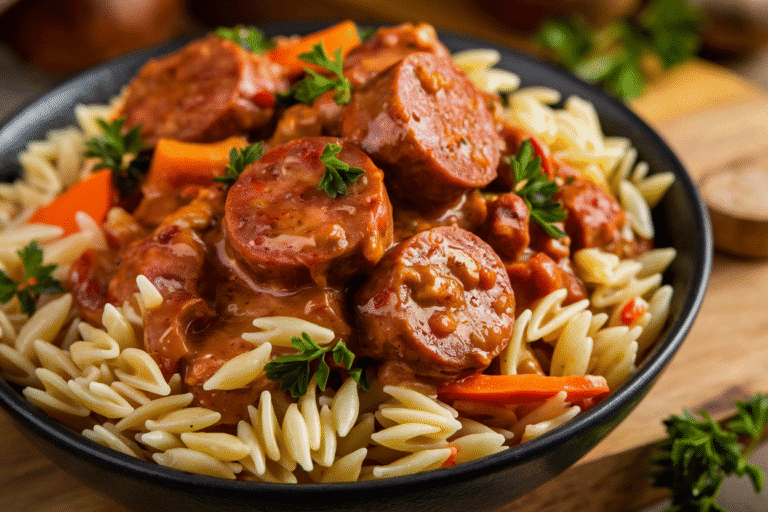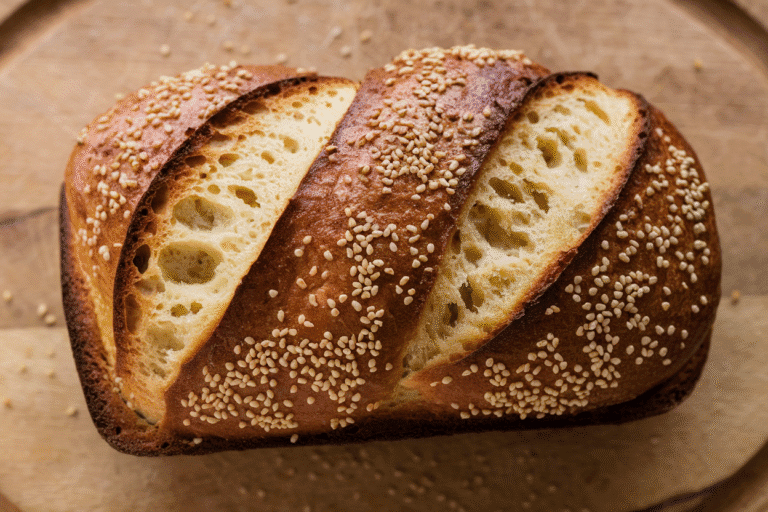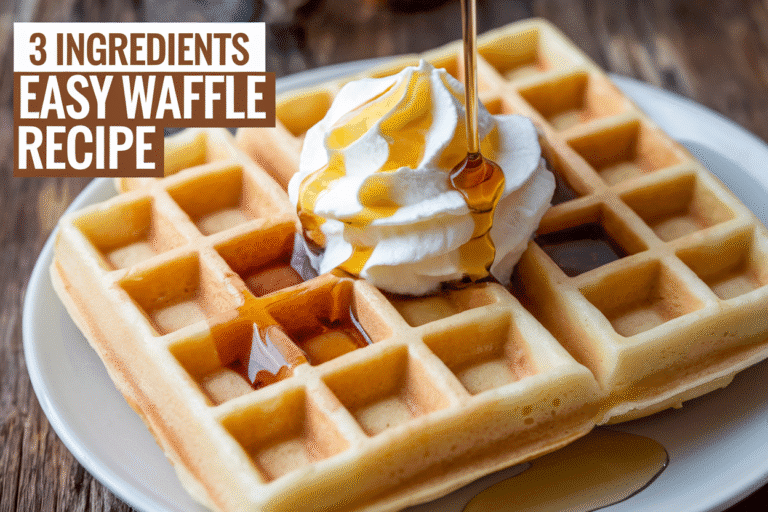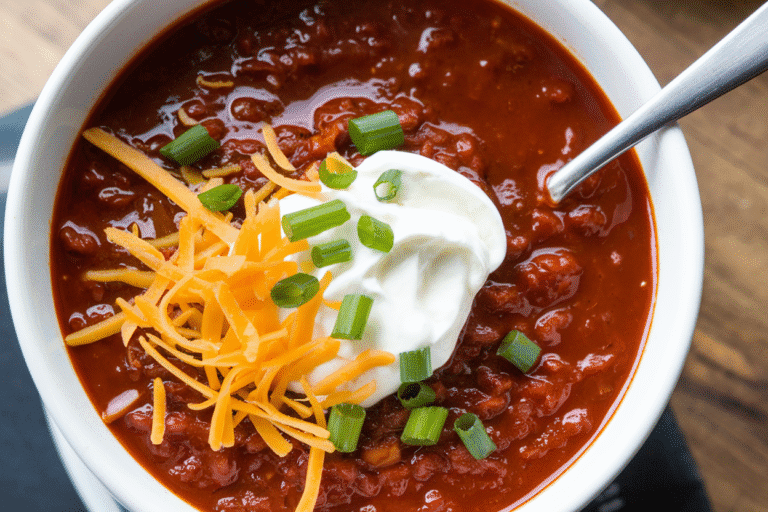Stir Fried Rice Recipe That Slaps: 15 Minutes, One Pan, Big Flavor
You want dinner that tastes like takeout, costs less than your latte, and hits the table before your show’s intro is over? This stir fried rice recipe is your new cheat code. It turns leftovers into a flex, rescues sad veggies, and makes you look like you planned the whole thing.
No wok? No problem. No day-old rice?
I’ve got a hack. Let’s turn “meh” pantry items into a crave-worthy bowl with ridiculous speed.
What Makes This Recipe So Good
- Lightning fast: From heat-on to plate in under 20 minutes, even if you move like a sloth before coffee.
- Ridiculously flexible: Any protein, any veg, any vibe—this rice is a blank canvas with superpowers.
- Restaurant texture at home: A few simple moves give you that toasty, smoky wok-kissed flavor (yes, even in a nonstick pan).
- Budget-friendly: It’s leftover alchemy. Use up cold rice, stray eggs, and random freezer stuff—tastes fancy, costs pennies.
- Balanced and satisfying: Protein, carbs, fiber, and umami.
No sadness, no hunger 30 minutes later.
What Goes Into This Recipe – Ingredients
- 3 cups cold cooked rice (day-old jasmine preferred; see tip below if using fresh)
- 2 tablespoons neutral oil (canola, peanut, or avocado; plus 1 teaspoon sesame oil for finish)
- 2 large eggs, lightly beaten
- 1 cup mixed vegetables (peas, diced carrots, corn, bell pepper, or frozen mix)
- 1 cup protein (diced chicken, shrimp, pork, tofu, or leftover steak—cooked; if raw, see instructions)
- 3 cloves garlic, minced
- 3 green onions, sliced (whites for cooking, greens for garnish)
- 2–3 tablespoons soy sauce (use tamari for gluten-free)
- 1 tablespoon oyster sauce (optional but adds deep umami)
- 1 teaspoon sugar or honey (balances salt and boosts browning)
- 1/2 teaspoon white pepper (or black pepper)
- 1 teaspoon rice vinegar or lime juice (for brightness)
- Chili crisp or sriracha (optional, for heat)
- Sesame seeds (optional garnish)
Step-by-Step Instructions
- Prep the rice like a pro: If using day-old rice, break up clumps with your hands so every grain is separate. If using fresh rice, spread it on a tray and chill in the freezer for 15 minutes to dry the surface. Clumpy rice = mushy stir-fry.
Hard pass.
- Make the sauce: In a small bowl, mix soy sauce, oyster sauce, sugar, and white pepper. Set aside. This keeps you fast when the heat is on.
- Heat the pan hard: Set a wok or large skillet over high heat until it’s just shy of smoking.
Add 1 tablespoon oil and swirl to coat. High heat is your friend—don’t be shy.
- Scramble the eggs: Pour in beaten eggs. Let set for 10–15 seconds, then push and fold until just set.
Remove to a plate. Soft eggs now mean fluffy bites later.
- Cook the protein: Add another 1/2 tablespoon oil. If your protein is raw, stir-fry until cooked through with a pinch of salt and pepper.
If pre-cooked, sear just to warm and get some color. Remove and keep with the eggs.
- Aromatics and veg: Add remaining 1/2 tablespoon oil. Toss in garlic and the white parts of green onion; stir 15–20 seconds until fragrant (don’t burn it).
Add veggies and stir-fry 1–2 minutes until crisp-tender. Frozen veg? No sweat—cook until moisture evaporates.
- Rice goes in: Add rice in an even layer.
Press it down with a spatula and let it sit 15–30 seconds to toast. Stir, then press again. Repeat 2–3 times until steamy and slightly charred in spots.
This is where flavor happens.
- Season and combine: Drizzle the sauce around the pan edges (helps it caramelize), then toss to coat. Return eggs and protein, breaking eggs into bite-size pieces. Stir 30–60 seconds until everything is glossy.
- Finish strong: Add sesame oil, a splash of rice vinegar, and the green onion tops.
Taste. Need more salty? Add a dash of soy.
Need more pop? Extra vinegar or a squeeze of lime. Want heat?
Hit it with chili crisp.
- Serve immediately: Plate it hot. Garnish with sesame seeds. Try not to devour it straight from the pan—no promises.
Storage Tips
- Fridge: Cool quickly, then store in an airtight container for up to 4 days.
Reheat in a hot pan with a teaspoon of oil to revive the sizzle.
- Freezer: Portion into freezer-safe bags, press flat, and freeze up to 2 months. Reheat from frozen in a covered skillet over medium heat, then crank heat to crisp.
- Avoid sog: Don’t store while steaming hot—trap steam, get mush. Let it vent for 10 minutes before sealing.
Nutritional Perks
- Balanced macros: Carbs from rice, protein from eggs/protein add-ins, and healthy fats from sesame oil make it satisfying without a food coma.
- Veg-forward: Easy way to pack in fiber, vitamins A and C, and minerals.
Your gut will actually send a thank-you note (figuratively).
- Lower sodium control: Using low-sodium soy lets you steer salt levels versus takeout. Flavor stays, bloat goes.
- Gluten-free friendly: Swap in tamari and a gluten-free oyster sauce and you’re golden.
Pitfalls to Watch Out For
- Overcrowding the pan: Too much stuff = steaming, not frying. If doubling, cook in batches.
Your patience will be rewarded.
- Low heat syndrome: Medium heat makes soggy rice and sad textures. High heat creates that toasty magic.
- Adding sauce too early: If the rice isn’t hot before saucing, it absorbs liquid and turns gluey. Heat first, season second.
- Skipping the dry rice step: Fresh, wet rice is a one-way ticket to mush city.
Chill it or use day-old.
- Burning aromatics: Garlic goes from fragrant to bitter fast. 20 seconds is the line. Cross it and you’ll taste regret.
Alternatives
- Low-carb swap: Use cauliflower rice. Stir-fry on high with extra oil; cook out moisture before adding sauce.
IMO, still great if you nail the sear.
- Whole grain upgrade: Brown rice or farro brings extra chew and fiber. Make sure it’s fully cooled and dry.
- Vegan version: Skip eggs, use tofu or edamame. Add a splash of mushroom sauce or extra oyster-style vegan sauce for depth.
- No soy? Use coconut aminos and add a pinch of salt.
You’ll get sweet-savory vibes with less sodium.
- Flavor twists:
- Thai-ish: Add fish sauce, lime, and basil.
- Korean-ish: Gochujang + sesame oil + kimchi.
- Garlic butter: Finish with butter and extra garlic for unholy deliciousness.
FAQ
Do I need a wok, or will a regular pan work?
A wok is nice for heat distribution and tossing, but a large nonstick or stainless skillet works perfectly. Just heat it until very hot and avoid crowding.
Why does day-old rice work better?
Cold rice loses surface moisture, so it fries instead of steams. That’s how you get distinct grains and a little crispness instead of a sticky clump.
Can I make this without eggs?
Absolutely.
Skip the eggs or use crumbled tofu for a similar protein boost. You can also add extra veggies or edamame to keep it hearty.
How do I get that smoky “wok hei” flavor at home?
Use high heat, don’t stir constantly, and let the rice toast in contact with the pan. A splash of oil around the pan edge and quick tosses help develop those charred notes.
What proteins work best?
Shrimp, chicken thigh, pork, firm tofu, or leftover steak all rock.
Cut small, cook hot, and season lightly so the sauce can shine.
What if my rice turns mushy?
It was likely too wet or the pan wasn’t hot enough. Dry the rice beforehand and use high heat. Also, add sauce at the end, not when the rice is still cold.
How can I make it spicier without overpowering the dish?
Stir in a teaspoon of chili crisp, sliced fresh chili, or a drizzle of sriracha at the finish.
Heat after cooking lets you control the burn.
The Bottom Line
This stir fried rice recipe is the ultimate low-effort, high-reward move—fast, flexible, and wildly tasty. With dry rice, high heat, and a simple sauce, you’ll beat takeout on flavor and price, every time. Keep a bag of frozen veg, a few eggs, and some cooked rice on hand, and you’ve basically unlocked weeknight nirvana.
Hungry now? Good. The pan’s waiting.
